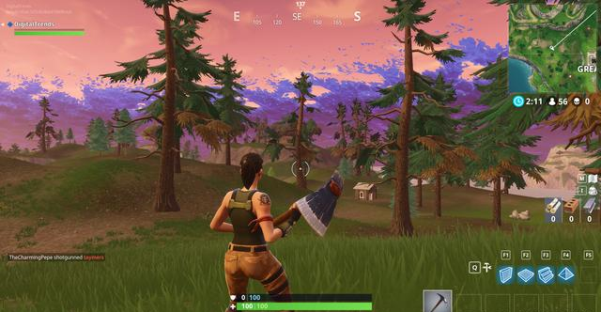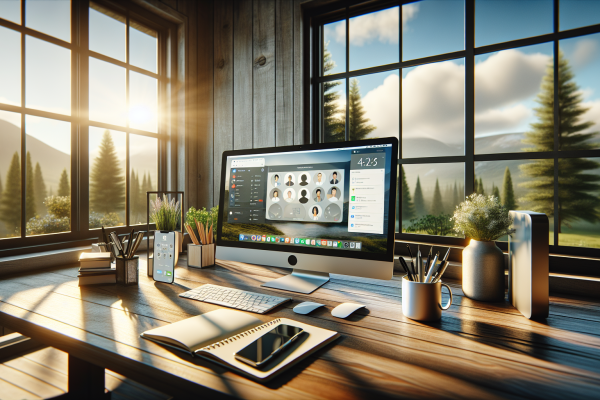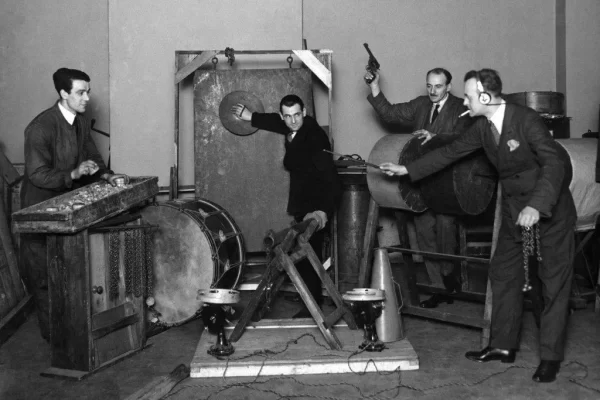Fortunately, Fortnite is a very tolerant game, and if you have a discrete graphics card and a good processor, it can run on almost any PC. Having said that, there is a huge gap between the look and feel between entry-level laptops and high-end gaming desktops. And all the tricks and tricks in the world can’t narrow this gap.
By Preset – Like most games, Fortnite has several different built-in graphical presets to help you customize performance – low, medium, high and epic. As with recent games, you will notice how they change your settings. These presets also include adjustments to the in-game rendering scale, not just turning the graphics details up or down. This is a problem for our benchmarks.
Changing the rendering scale changes the in-game graphics resolution of everything except menu and user interface assets. If you increase your resolution to 1440p and your rendering ratio has been declining, your game will look like it is playing at a resolution lower than 1440p.
This is an easy way to put your thumb on the scale and squeeze extra performance from underpowered hardware, but it can affect our benchmark results. With this in mind, it’s important to point out that the rendering scale changes are bundled together as part of the default in Fortnite, but we set the rendering scale to 100% of each benchmark so that our results are more accurately reflected. Your ‘I will see the given resolution.
1440P – Starting with the 1440p resolution, there is one thing that makes Fortnite very clear. This game is very exciting. Almost all GPUs we tested were able to reach a playable frame rate at 1440p without much trouble. Our high-end graphics cards have reached ultra-high numbers that can satisfy anyone with a 144Hz display, and our mid-range and low-end graphics cards are surprisingly high-end and mid-range. Let’s delve into the numbers.
In short, all entry-level cards except the RX 550 can run Fortnite with resolutions up to 1440p even at high settings. Down to medium, the RX 550 can even reach a reasonable 30 FPS at 1440p, but the GTX 1050 is really bright at medium settings – it can achieve a beautiful, comfortable 60 FPS. Things get interesting mid-range and low-end when we drop to the high setting. The GTX 1050 with 2GB of memory can easily manage the 1440p’s playable 37 FPS average, just behind the RX 570.GTX 1060 and even an admirable 70 FPS, compared to the RX 580. High-end average FPS, Nvidia GTX 1080 Ti, GTX 1070 Ti and two AMD RX Vega graphics cards, even with all settings pushed to Epic, performance can remain above 60 FPS. 1080 Ti easily doubles this number,
1080 – Moving down to 1080p, we see a full performance peak. It’s not surprising that we see better performance at lower resolutions, but performance gains have been extended down to the RX 570. This means that even entry-level cards like the GTX 1050 can reach an impressive 85. FPS maximum detail and 1080p.

Custom Settings – At high end, the performance of the Vega graphics card is significantly improved, allowing the average FPS data to enter the high refresh rate area, with the Vega 64 reaching 116 FPS and the Vega 56 reaching 100 FPS. Of course, the GTX 1080 Ti outperforms all other graphics cards, with an impressive 176 FPS at 1080p. This means that if you have a 144Hz game monitor and you have enough FPS space, you will see some very smooth games for GTX 1080 in Fortnite. Who knows, those extra frameworks may give you a competitive advantage.
Fortnite makes it easy to customize your settings. There are only six categories – view distance, shadow, anti-aliasing, texture, effects and post-processing – each category has four top settings from Epic and bottom settings for Off or Low. This is a simple, intuitive graphical menu and very user friendly.
Even if you have never bothered to fine-tune your settings, Fortnite is a great way to get started. Simply hover your mouse over any detail you are curious about, and the game will pop up a small box that describes what each setting controls.

View distance – Playerunknown’s Battlegrounds, the first battled royale game that hits it, has been working hard to resolve balance and line-of-sight issues. In this case, the player finds that reducing the line-of-sight of grass-like objects gives them an advantage because it reveals the players who think they are hiding. PUBG has released a patch to solve this problem.
Fortnite has the same problem. Rotating the view distance up or down affects the object’s rendering distance without affecting the player’s rendering distance. In this way, players with more powerful computers will ultimately have no competitive advantage by being able to increase the line of sight. However, some players will lower the line of sight distance, so objects that block the enemy may not be rendered at a distance, so you can see potential enemies more clearly.
However, the price you pay for this is a significant drop in visual quality. Fortnite’s iconic art style minimizes most of the quality loss, but low line of sight leads to a more barren world. Despite this, we did not see too many performance advantages from short viewing distances because the average frame rate increased from 88 FPS to 91 FPS and the line of sight was always down. This is not what you will notice in regular games.
The shadows are off – then we have shadows. This setting almost always requires you to check again if there is a problem with your show. In most games, Fortnite is included, and high-quality shadows are a luxury that can really achieve your frame rate.
Shrinking shadows does affect their clarity and detail, but overall, when they are turned down or turned off, we don’t notice the significant impact of visual quality. Most of the time, you may not notice.
Anti-aliasing – then we have anti-aliasing. This setting smoothes them by using some extra graphics horsepower to reduce the “jaggies” in the game. Look at the edge of the wooden hut in the screenshot above and you can see the difference in anti-aliasing. It is even more compelling in motion because the “jaggies” change with each frame, which adds a distracting luster to the hard edges.
Keeping the settings down to Off only sees a performance boost of about 4%, so if you plan to turn off some other settings, it will only give you a significant performance boost. This is what we recommend you to stay.
Low Preset – Texture – Normally, adjusting the texture quality can have a huge impact on the look of the game, but in this case it is hardly noticeable. Fortnite’s art style reduces the mass loss you see by lowering the texture, so your game looks great even at low textures.
That is, because the texture doesn’t change too much in scale, you can only see performance jumps of about 3% to 4% by reducing the texture quality all the time. Again, this is a setting where you can leave at medium or high levels without too much performance penalty.
Low Preset – Effects – As with most other settings in Fortnite, you will only notice some subtle detail changes as you adjust the effect up and down. When you are engaged in a fierce exchange of fire, you may notice that the rocket’s plume is not so detailed, or that the explosion does not look as sharp as in a higher detail setting. Because this has little effect on visual quality, the other gives us a marginal performance of 3%.
Low Preset – Post Processing – Notice how light looks in Fortnite? How does the environment have a diffuse glow? Everything looks a little dreamy? That is because of post processing. This term encompasses a variety of different techniques used by game developers to increase their appeal to the environment.
It’s usually graphics intensive, but in the case of Fortnite, it’s only noticed when you find yourself in a storm. You should not do this. Because it will kill you. Still, if you lower your settings, you’re expected to see a small increase in performance without having a big impact on visual quality and The most popular settings of Fortnite is Ninja Fortnite Settings.
If you want to get the most out of Fortnite, you can easily get it. Most of the graphics cards in the stable version perform very well at 1440p, even better at 1080p, so no matter what you have on your PC, you can run the game so that it won’t be a slideshow. If you need to squeeze out some extra performance from some aging hardware, or maximize your FPS for high refresh rate displays, it’s as simple as turning off a few separate settings. I recommend that you completely turn off the shadows and turn the effects and post processing to low. This should increase overall performance by nearly 40%, depending on your hardware.





